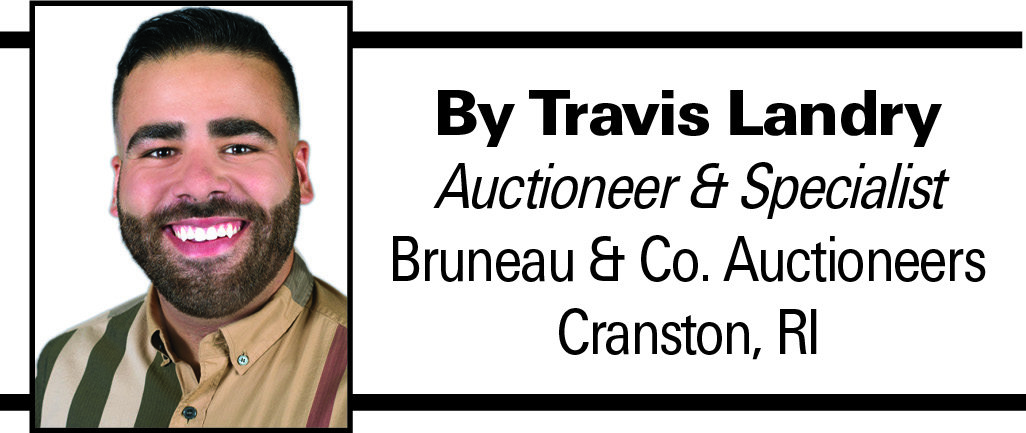In today’s collecting world when it comes to comic books, trading cards, toys, and video games you typically now hear the word “graded” in the same sentence. It’s been over twenty years since professional grading has entered the collectibles market, but more than ever over the past five years have we seen it become the forefront of people’s interest in the space.
“Graded” means that a professional, third party company has taken your collectible and encapsulated it within a protective holder while also assigning a numeric value representing its condition. Higher the grade, better the example, making it rarer and ultimately increasing its value, and in some cases exponentially. I happen to focus on pop culture, but coins, paper money, sports cards, autographs, stamps and now even VHS tapes and posters are all gradable items.
Grading ensures the items are properly represented and gives collectors an added level of security if their item is real, has no restoration, and no issues that may not be immediately apparent. There is no question a graded example is always going to sell for more when it comes to high end collectibles. A collector is going to bid more confidently knowing the comic book is a true 9.4 compared to a raw copy appearing near mint.
Especially through COVID, collectors have bitten into this system full throttle, accelerating the market. It has taken what was once a simple past time of collecting and making it a commoditized asset no different than your stock portfolio or trading on the floor of the New York Stock Exchange. It’s fast paced; demand and values can change overnight. While the majority have embraced the system and are okay with never actually reading their comic book or touching their toy, there is still a dedicated group who go against the grain and do not believe in encapsulation.
Should a comic book be read, a poster displayed, or should all these things we love be sealed in acrylic to never be touched by human hands again? They are just playthings anyway, right? Some argue collectible toys, trading cards, and comics were meant to be handled in the first place, but in my opinion, grading is a necessary evil. I started collecting at nine years old with Transformers, and I still to this day prefer them displayed. I do not like loose toy grading, but if it’s a good piece and it is factory sealed it has to go into acrylic - It is just the way the world works today.
The warning I have for you is that while grading is good - it is also very expensive. You can quickly spend too much money grading items that should not be graded because the quality or the collectability is so low. That’s why when deciding to part with your collection, it is always best to seek help from a trusted expert. You never want to sell outright; working on consignment maximizes the potential value of your collection!
If you’re into graded collectibles, Bruneau & Co. Auctioneers is hosting a Graded Showcase Auction consisting of comic books, toys, and video games all to be sold individually and in graded condition on Saturday May 6th in Cranston, Rhode Island – Come check it out!












Comments
No comments on this item Please log in to comment by clicking here